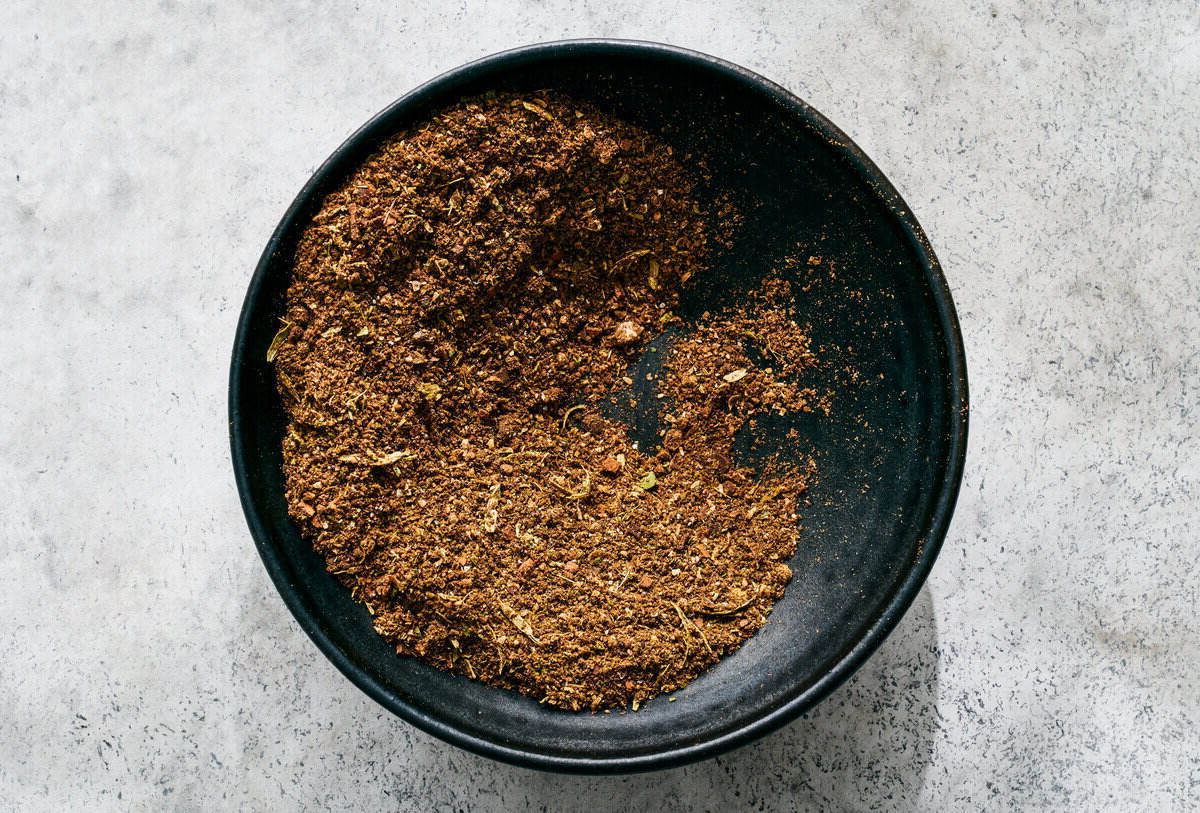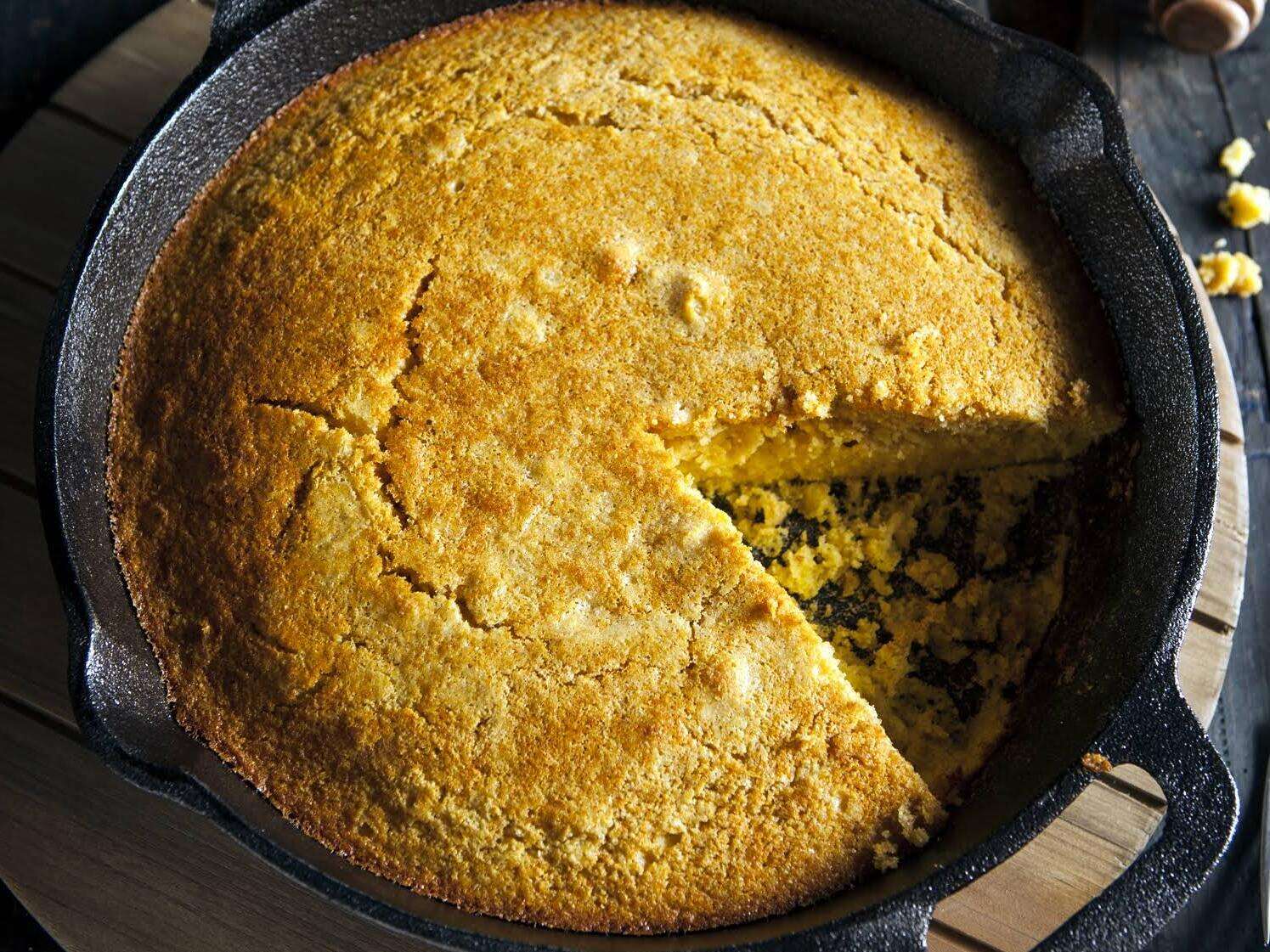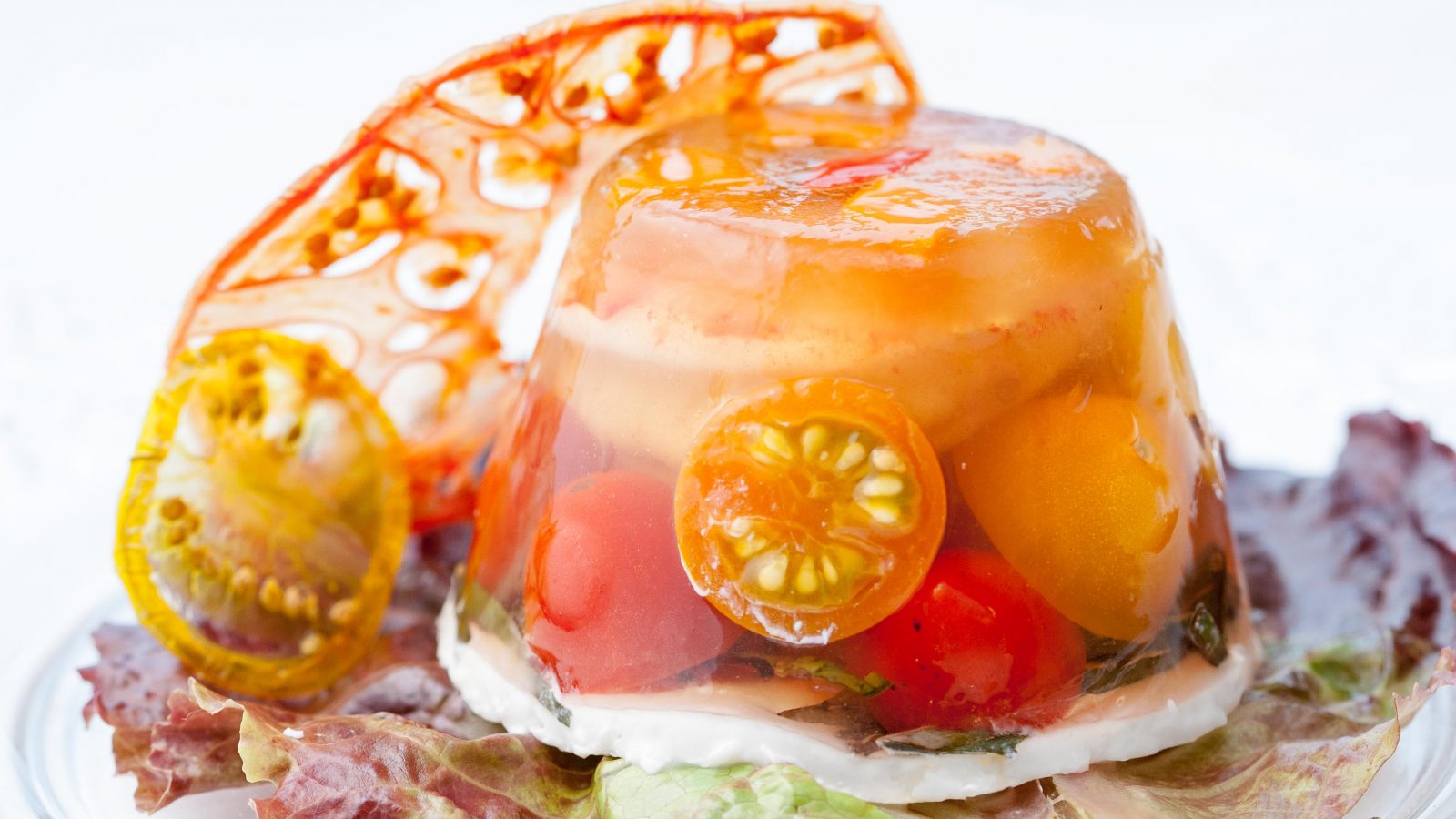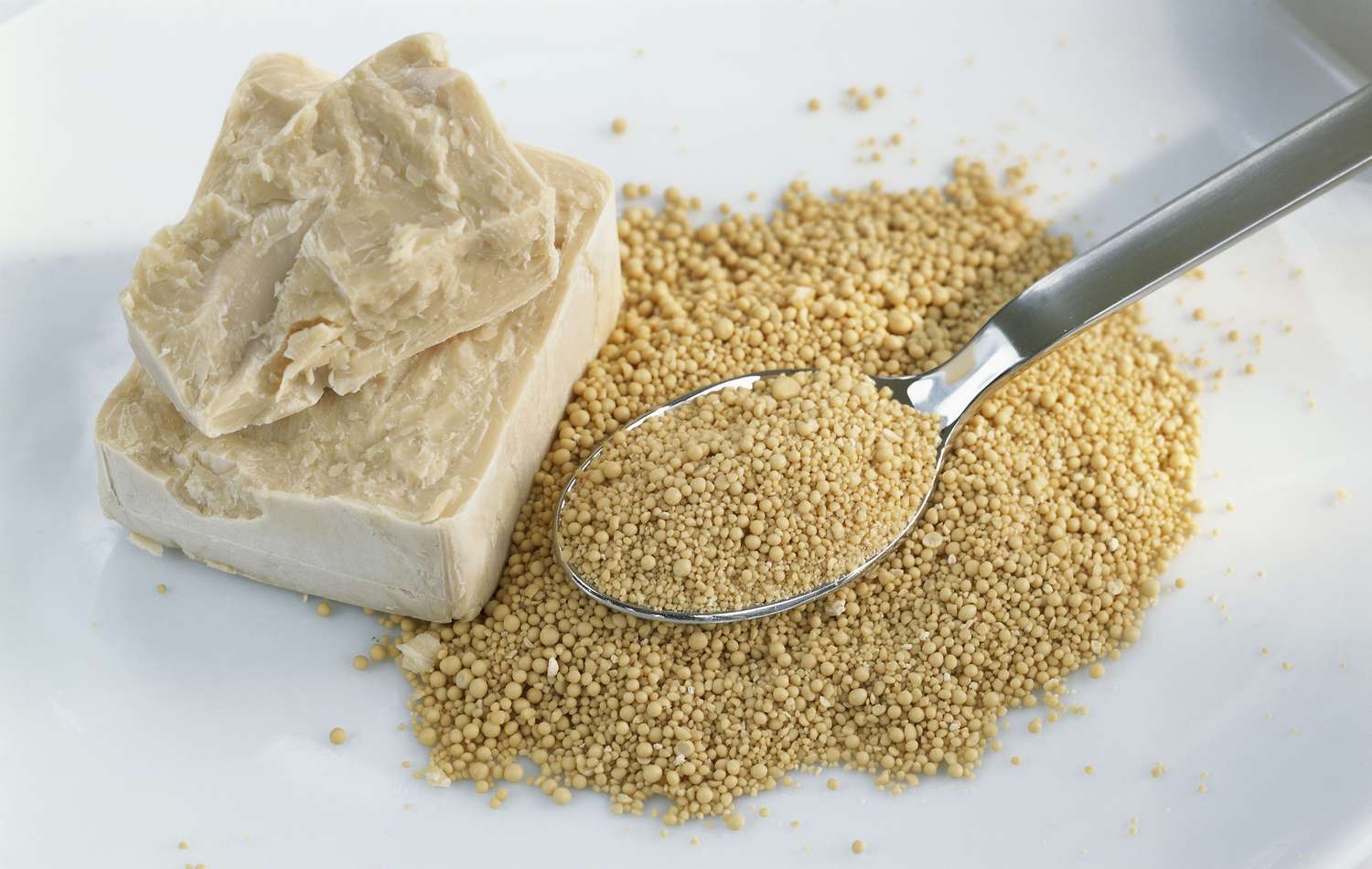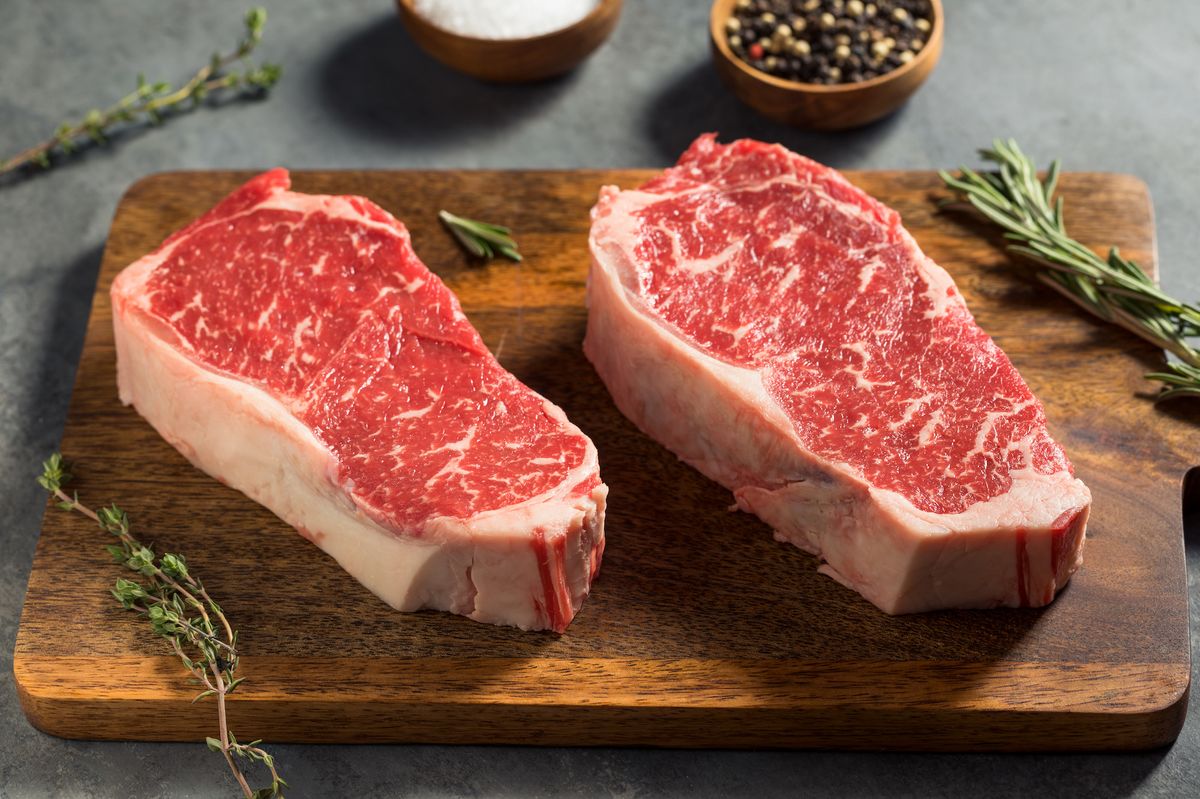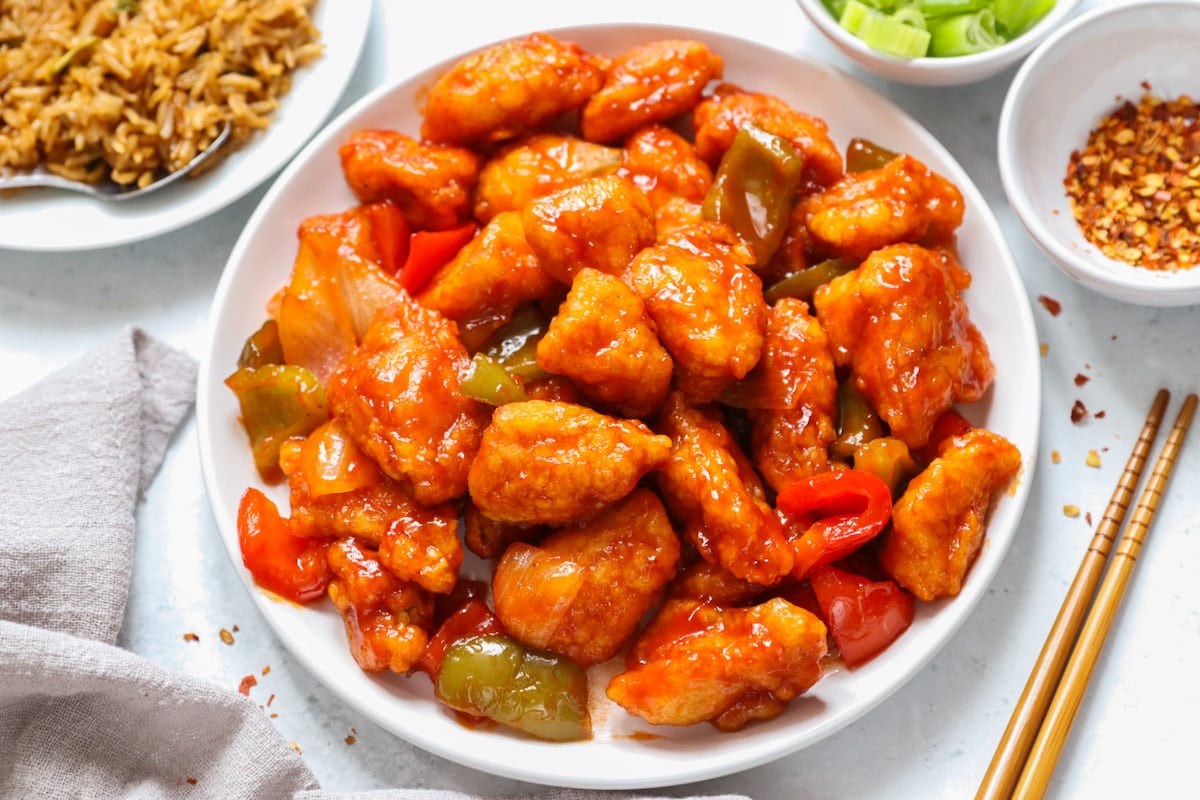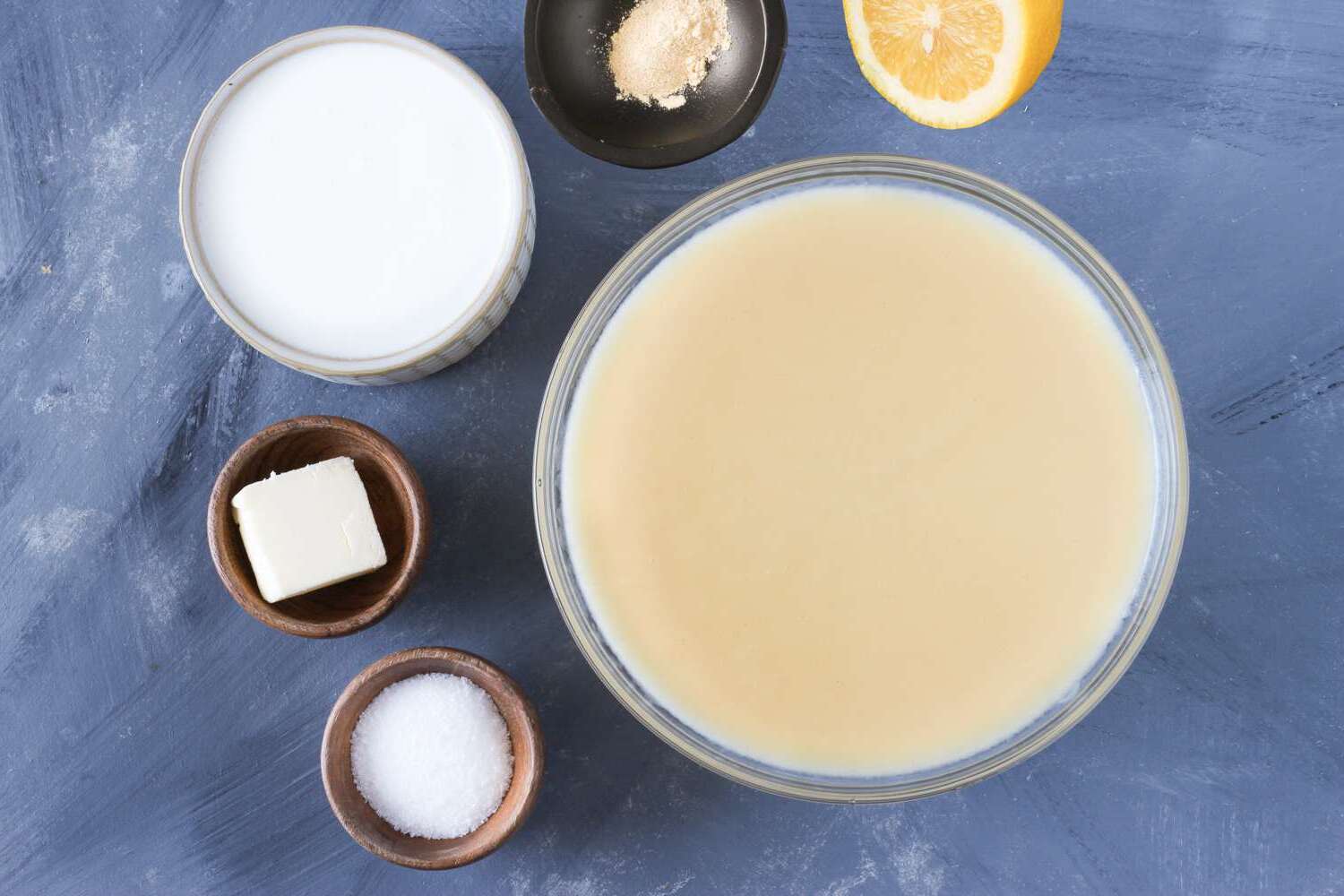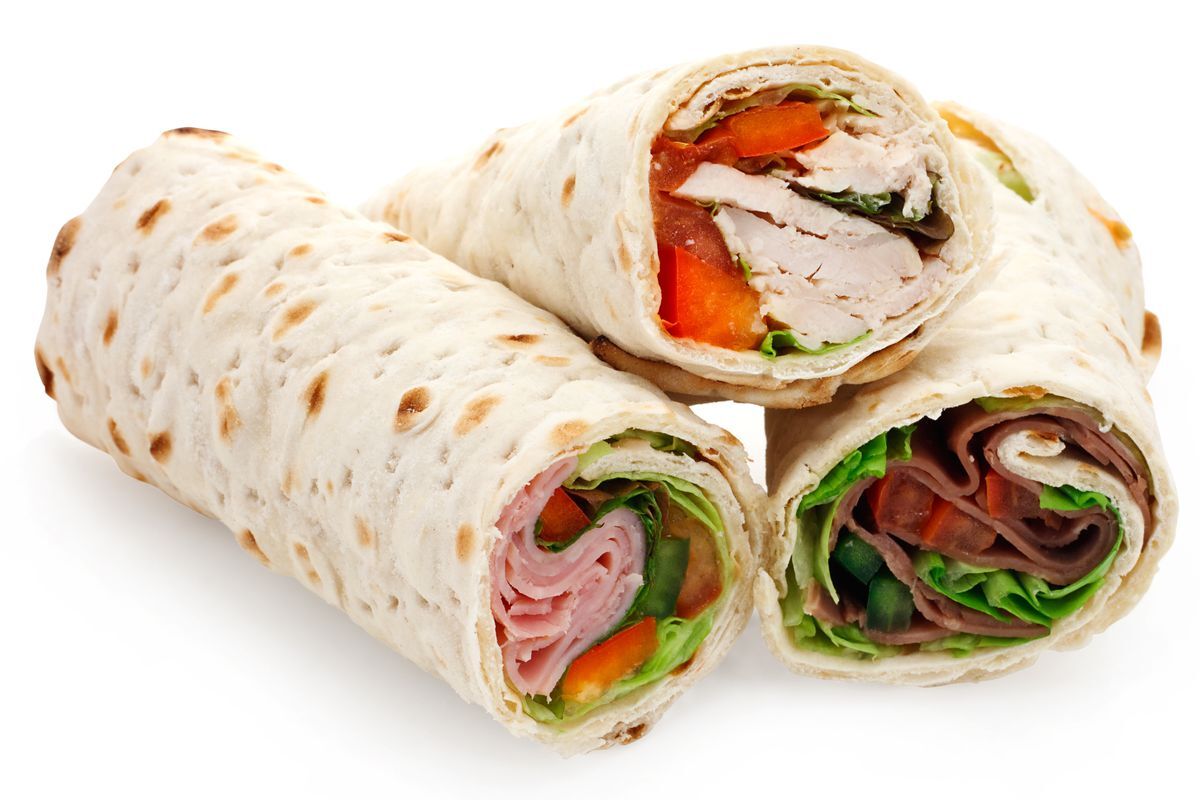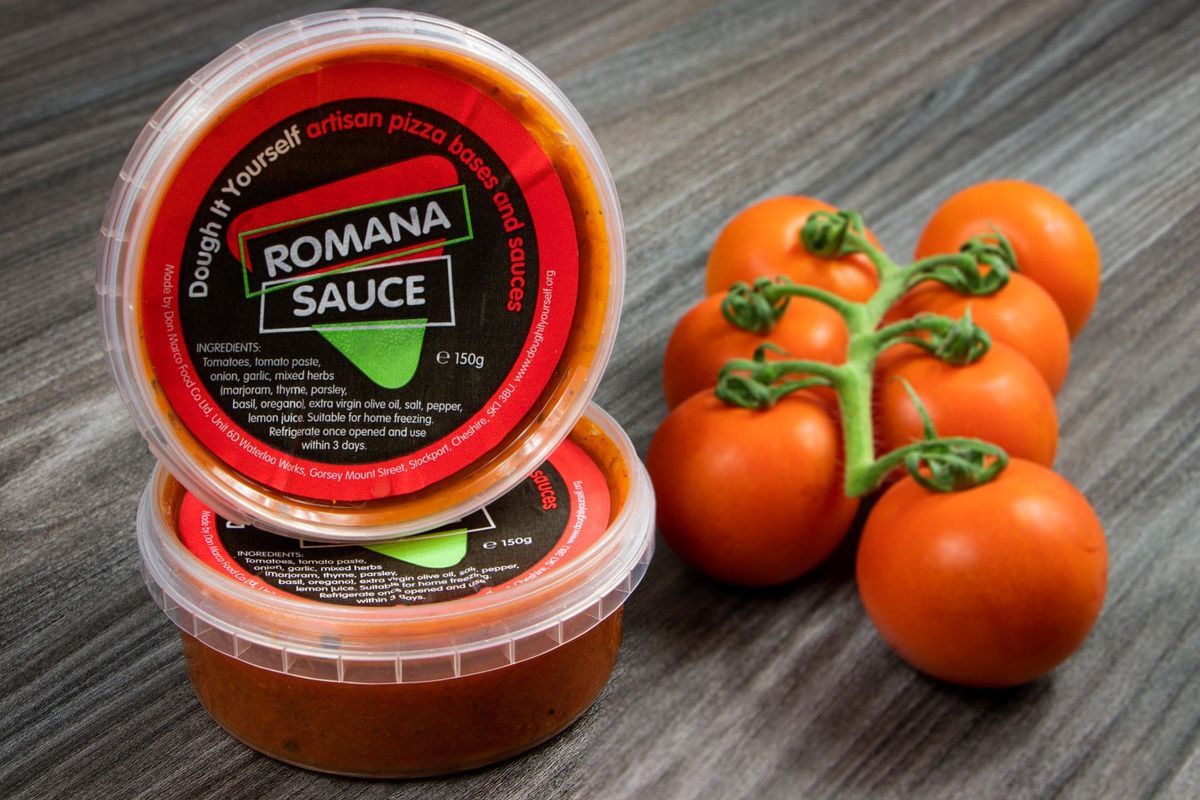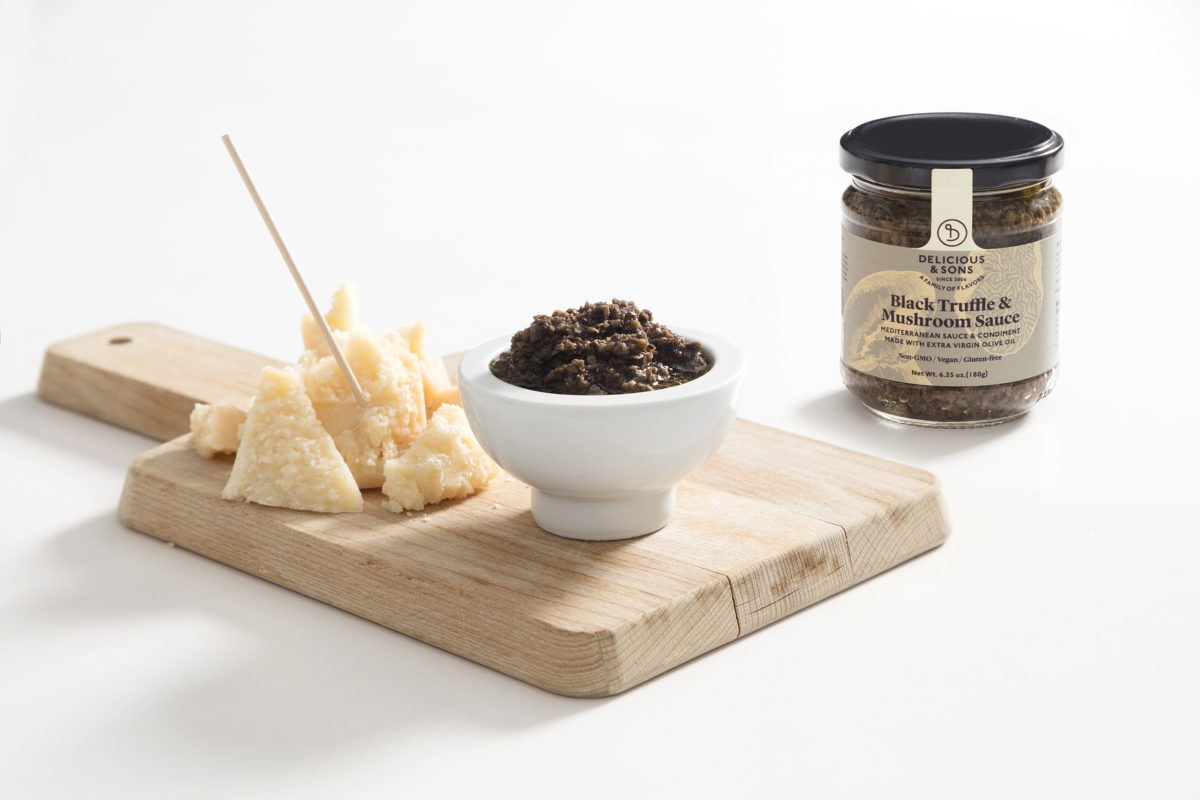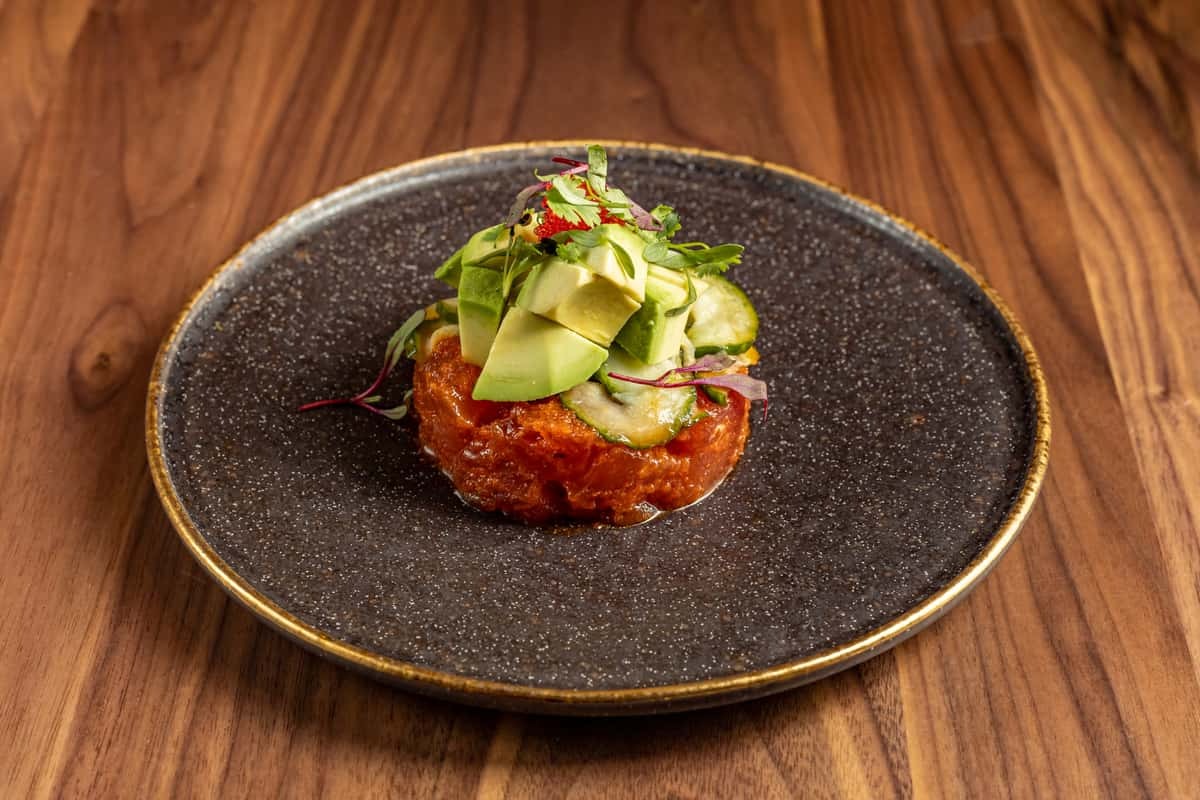When it comes to exploring the world of condiments, there are a plethora of options to choose from. One such condiment that often piques the curiosity of food enthusiasts is remoulade. This zesty and versatile sauce has a rich history and a unique flavor profile that sets it apart from other condiments. In this article, we'll delve into the world of remoulade, exploring its origins, ingredients, and popular uses.
Origins of Remoulade
Remoulade has its roots in French cuisine, where it is believed to have originated in the city of France. The name "remoulade" is derived from the Latin word "remolach," which means "horseradish." Traditionally, remoulade was made with a base of mayonnaise and flavored with ingredients such as mustard, capers, and herbs. Over time, variations of remoulade have emerged in different culinary traditions, each adding its own unique twist to the classic recipe.
Ingredients
The ingredients used to make remoulade can vary depending on regional preferences and individual recipes. However, some common components of remoulade include:
- Mayonnaise: This creamy base provides the foundation for remoulade and contributes to its rich texture.
- Mustard: Often Dijon mustard is used to add a tangy and slightly spicy flavor to the sauce.
- Capers: These small, pickled flower buds add a briny and slightly sour note to the remoulade.
- Herbs: Ingredients such as parsley, chives, and tarragon are commonly used to enhance the freshness and aroma of the sauce.
- Pickles: Chopped pickles or pickle relish can add a crunchy texture and a hint of acidity to the remoulade.
- Lemon Juice: The citrusy brightness of lemon juice helps balance the richness of the mayonnaise and adds a refreshing zing to the sauce.
Popular Uses
Remoulade is a versatile condiment that can be used in a variety of culinary applications. Some popular uses of remoulade include:
- Seafood: In many coastal regions, remoulade is a popular accompaniment to seafood dishes such as fried fish, shrimp, or crab cakes. Its creamy texture and zesty flavor complement the delicate taste of seafood.
- Sandwiches: Remoulade can be used as a spread for sandwiches and burgers, adding a burst of flavor to each bite.
- Dipping Sauce: It can be served as a dipping sauce for appetizers like fried pickles, onion rings, or chicken tenders, adding a tangy kick to the dish.
- Salads: Remoulade can be used as a dressing for potato salads or coleslaw, infusing the dish with its unique flavor profile.
Variations
As remoulade has traveled across different culinary traditions, it has evolved into various regional variations. For example, in Louisiana, a popular variation known as "Creole remoulade" incorporates ingredients such as Creole mustard, hot sauce, and paprika, giving it a spicy kick. In Denmark, a version of remoulade known as "Danish remoulade" is commonly served with open-faced sandwiches and is made with ingredients like pickles, curry, and mayonnaise.
Conclusion
In conclusion, remoulade is a flavorful and versatile condiment with a rich history and a wide range of culinary uses. Whether you're enjoying it with seafood, sandwiches, or salads, remoulade adds a delightful burst of flavor to any dish. Its adaptability and unique taste make it a beloved condiment in various parts of the world, and its diverse variations continue to captivate the taste buds of food enthusiasts everywhere.
Was this page helpful?
Read Next: What Is Stale Bread?
